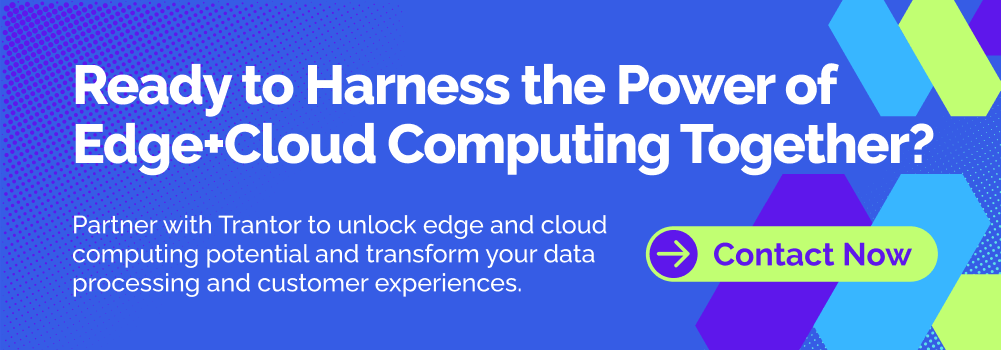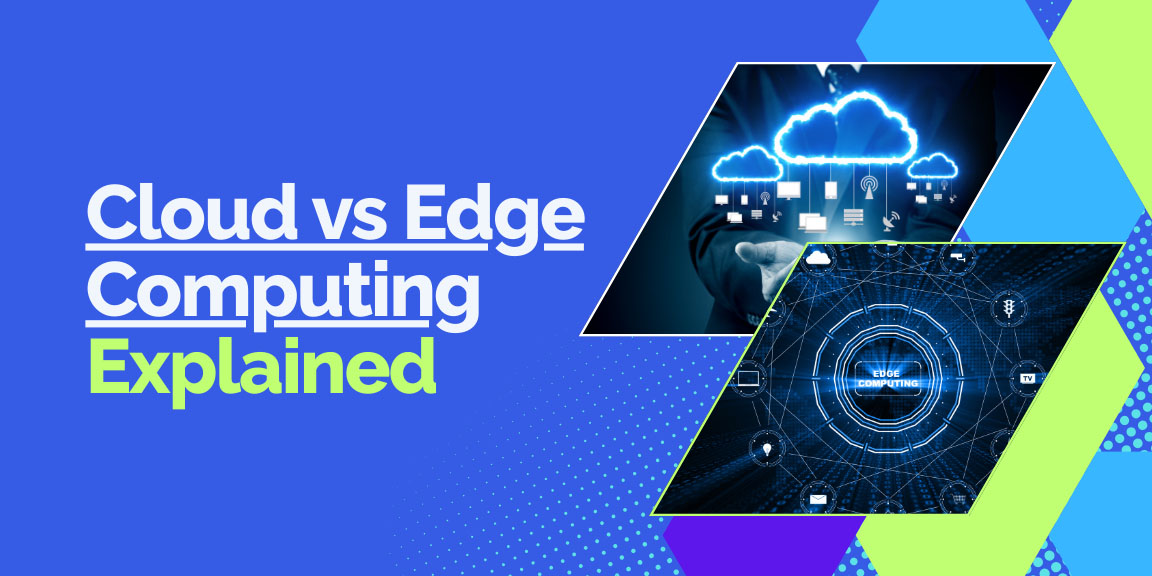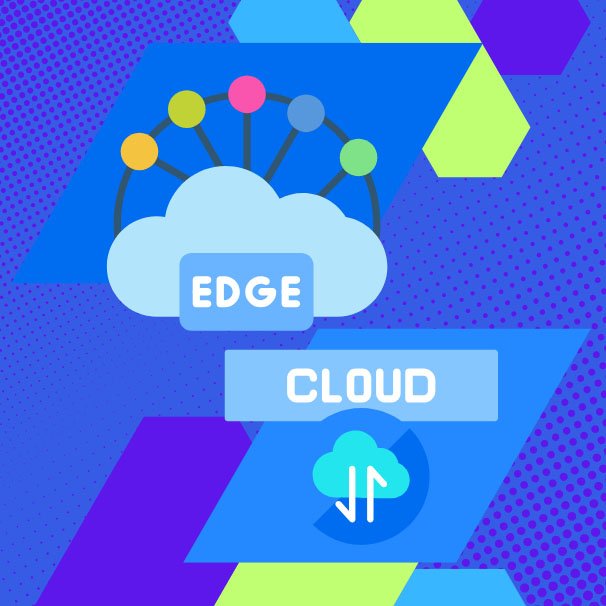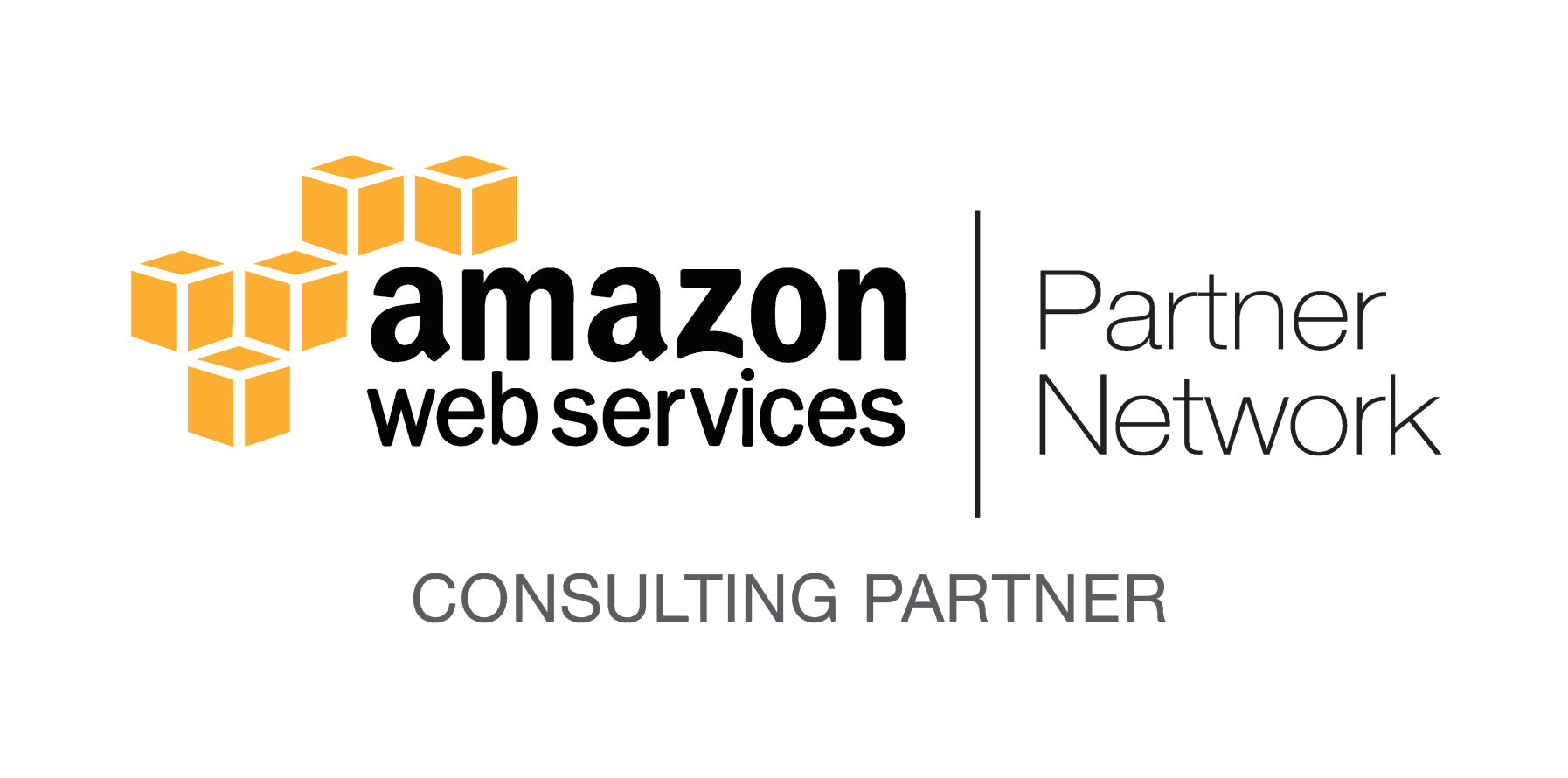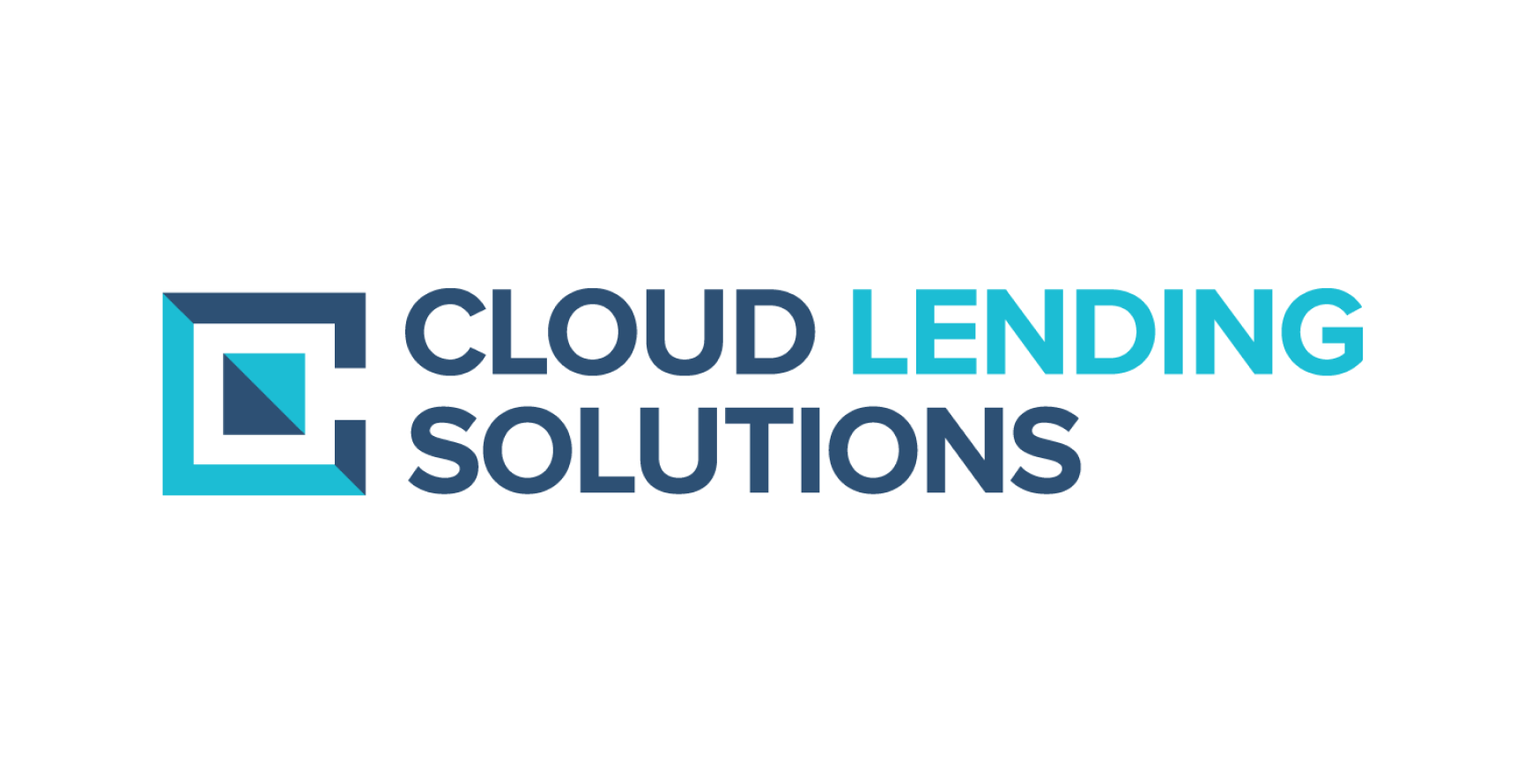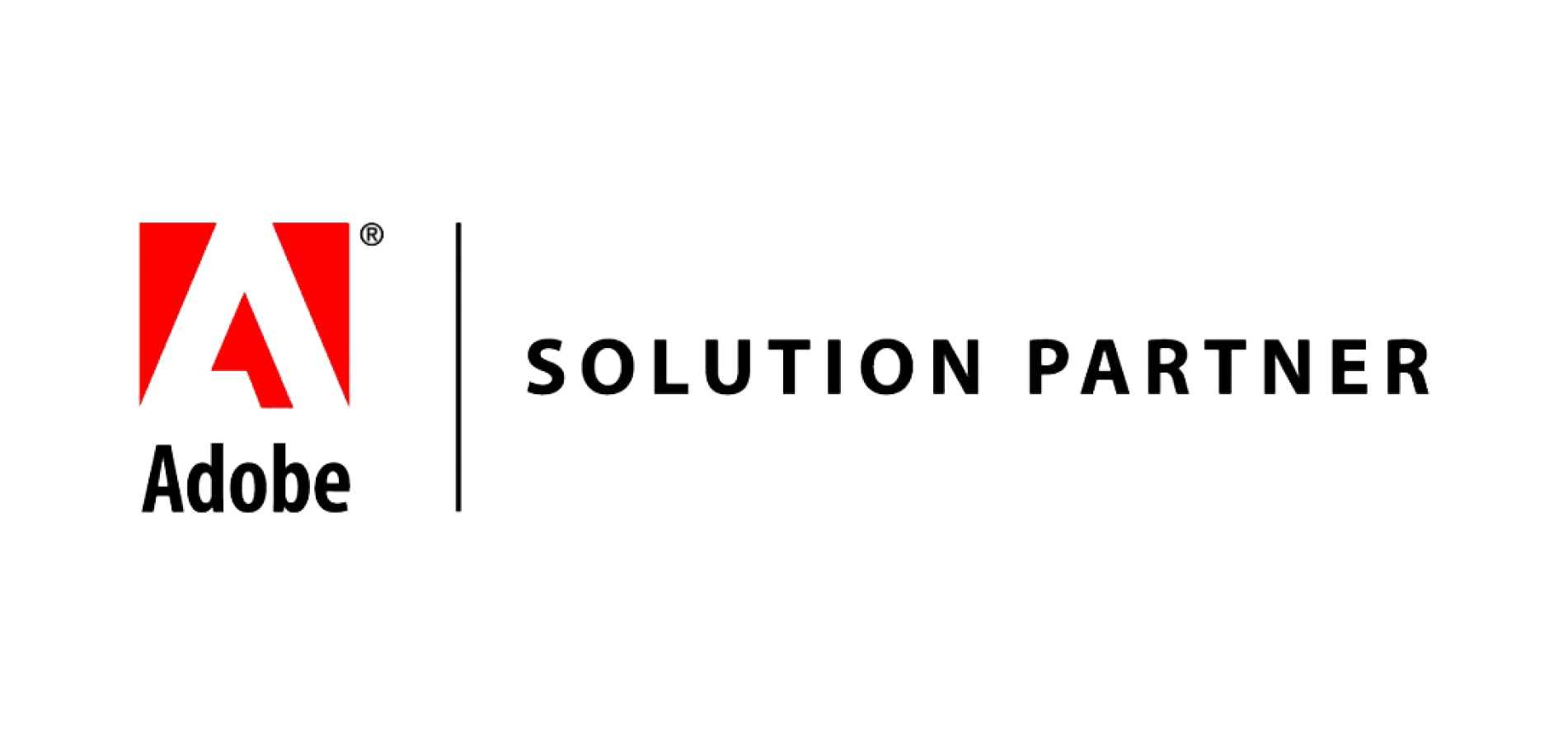Software Development, zBlog
Edge Computing vs Cloud Computing: Pros, Cons, and When to Use Each
Team Trantor | Updated: August 27, 2025
In today’s fast-paced digital world, where data generation is exploding and real-time processing is becoming a critical need, understanding the distinction between Edge Computing and Cloud Computing is more important than ever. Both of these paradigms offer unique advantages and drawbacks that can profoundly impact business operations, technology strategy, and customer experience. This comprehensive, in-depth guide will explore “Edge Computing vs Cloud Computing” extensively, providing a thorough comparison, real-world applications, emerging trends, and expert insights to help you make an informed choice tailored to your organization’s needs.
What Is Edge Computing vs Cloud Computing?
Edge Computing Explained
Edge computing is a decentralized approach that shifts data processing closer to the data source—whether it be IoT sensors, mobile devices, or local edge servers. By processing data near its origin, edge computing dramatically reduces latency, saves bandwidth, and improves responsiveness. It is particularly suited for environments requiring instant decision-making and minimal delay.
Key characteristics of edge computing include:
- Proximity to data source for immediate processing.
- Support for offline or intermittent connectivity.
- Enhanced privacy by limiting data transmitted externally.
- Real-time analytics and localized computing power.
Edge computing plays a vital role in applications such as autonomous vehicles, smart manufacturing, healthcare monitoring devices, and intelligent video surveillance systems.
Cloud Computing Explained
Cloud computing centralizes computing resources in data centers operated by providers like Amazon Web Services (AWS), Microsoft Azure, and Google Cloud Platform (GCP). It offers on-demand access to scalable infrastructure, enabling large-scale data storage, advanced analytics, and enterprise automation (see our guide on Enterprise Process Automation) for global connectivity.
Key characteristics of cloud computing include:
- Centralized data storage and management.
- Virtually unlimited scalability.
- Pay-as-you-go cost model.
- Strong support for big data, machine learning, and AI workloads.
- High availability and disaster recovery features.
Cloud services power everything from enterprise resource planning (ERP) systems, SaaS applications, and large-scale backup solutions to data lakes and AI model training.
Detailed Comparison: Edge Computing vs Cloud Computing
Pros and Cons of Edge Computing
Pros
- Ultra-Low Latency: Enables instantaneous processing essential for critical applications like autonomous driving and robotics.
- Bandwidth Efficiency: Reduces data sent over networks by locally filtering and processing, saving significant costs.
- Data Privacy and Security: Sensitive data remains closer to origin, lowering risks of data breaches and aiding compliance.
- Operational Resilience: Can function during internet outages, critical for remote or harsh environments.
- Decentralized Infrastructure: Less susceptible to single-point failures and traffic bottlenecks.
Cons
- Limited Resources: Edge devices inherently have less processing power and storage compared to cloud data centers.
- Higher Initial Setup Costs: Requires investing in local hardware and network infrastructure.
- Complex Logistics: Distributed management and maintenance can be operationally challenging.
- Limited Centralized Insights: Large scale analytics often require syncing with the cloud for comprehensive data unification.
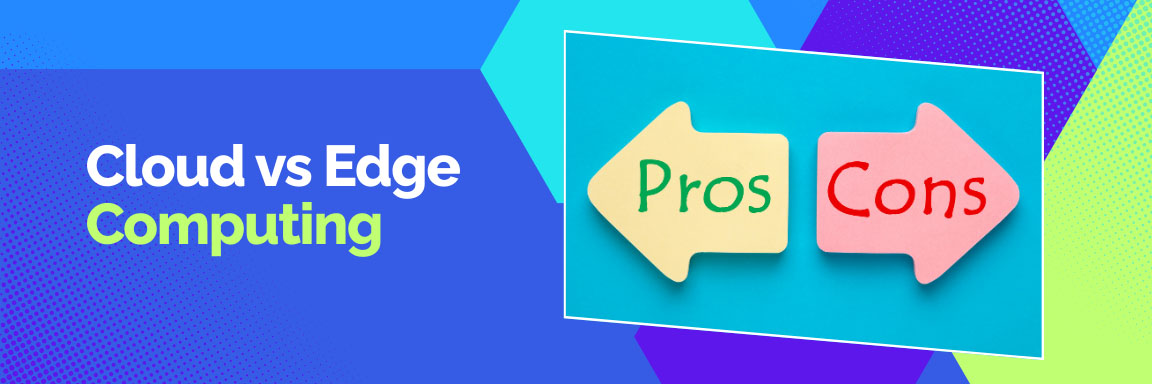
Pros and Cons of Cloud Computing
Pros
- Massive Scalability: Handle tremendous workloads by scaling resources dynamically.
- Cost-Effective for Many Uses: Pay only for what you use without heavy upfront hardware investments.
- Centralized Control & Updates: Simplifies software deployment, security patches, and overall management.
- Extensive Services Portfolio: Offers AI, ML, analytics, databases, and security services to innovate rapidly.
- Global Reach: Enables worldwide access and data synchronization easily.
Cons
- Latency Limitations: Not ideal for applications where millisecond response time is critical.
- Bandwidth Costs and Constraints: Continuous data uploading/downloading can be expensive and bandwidth-intensive.
- Connectivity Dependency: Operations rely heavily on the quality and reliability of internet connections.
- Data Residency and Compliance: Centralized data storage may pose regulatory and privacy challenges.
When to Use Edge Computing vs Cloud Computing?
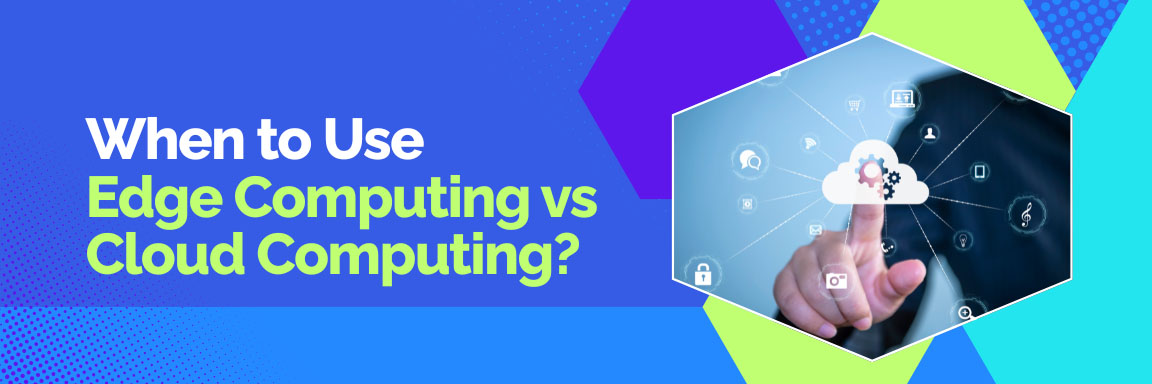
Choosing between edge computing and cloud computing depends on specific application needs, business constraints, and performance requirements:
Situations Favoring Edge Computing
- Applications necessitating real-time or near-real-time responsiveness such as autonomous vehicles, AR/VR, and industrial control systems.
- Environments with limited or unreliable network connectivity, like remote sites or mobile platforms.
- Cases demanding high data privacy by keeping sensitive data local to satisfy regulatory mandates.
- Use cases where bandwidth is costly or limited, making local data filtering essential.
- Operations needing offline capabilities or immediate local decisions without cloud dependency.
Situations Favoring Cloud Computing
- Applications requiring massive scalability, such as big data analytics, machine learning model training, and SaaS.
- Workloads demanding global accessibility and unified management.
- Deployments seeking a lower upfront investment and simplified infrastructure maintenance.
- Long-term storage, backup, disaster recovery, and archival use cases.
- Tasks with less stringent latency requirements, allowing for centralized processing.
Hybrid Approach: The Best of Both Worlds
Increasingly, businesses adopt hybrid models using edge and cloud computing in tandem. This combines the edge’s low latency and privacy benefits with the cloud’s scalability and centralized analytics. This approach is especially valuable in IoT ecosystems, smart cities, healthcare, manufacturing, and retail.
Emerging Trends and Innovations in 2025
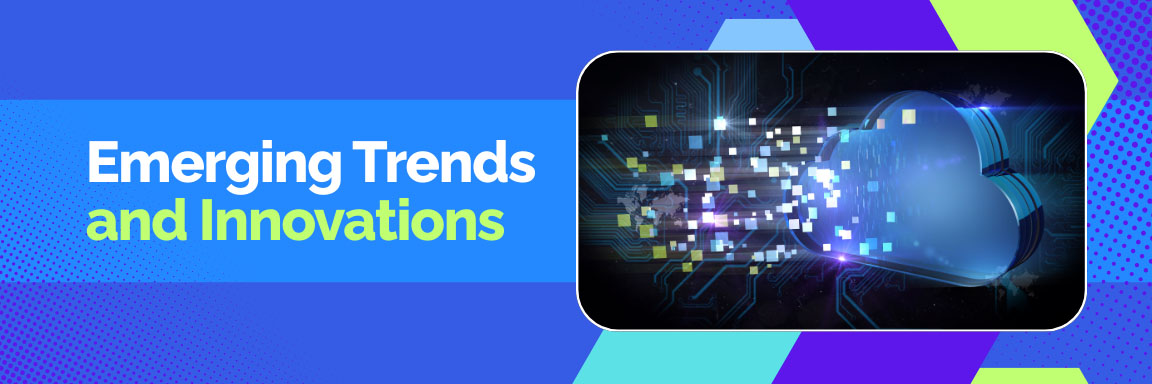
- 5G Networks Powering Edge Growth: With high bandwidth and low latency, 5G accelerates edge adoption for real-time applications.
- AI on the Edge: Machine learning models are being deployed directly on edge devices, enabling smarter decisions locally without cloud roundtrip delays.
- Enhanced Security Frameworks: Zero-trust security models and encrypted data processing on edge devices are evolving to secure distributed environments better.
- Sustainability Focus: Both cloud and edge providers emphasize green computing initiatives, reducing energy consumption and carbon footprints.
- Edge as a Service: Emergence of cloud-like, managed edge computing platforms enabling easier deployment and scalability.
- Integration with IoT and Smart Devices: Edge computing increasingly powers smart home devices, industrial IoT, wearables, and connected vehicles.
Real-World Use Cases
Frequently Asked Questions (FAQs)
Q1: Can edge computing completely replace cloud computing?
No, edge computing complements cloud computing by handling latency-sensitive and local processing needs, while the cloud manages scalable storage and heavy analytics.
Q2: Which is more secure, edge or cloud computing?
Edge computing offers enhanced privacy by keeping data local, but distributed security management is complex. Cloud providers generally have robust centralized security but face risks inherent in centralized data storage.
Q3: How does latency affect the choice between edge and cloud?
Scenarios demanding real-time or near-instant response favor edge computing; cloud computing suits applications tolerant of higher latency.
Q4: Are hybrid deployments common?
Yes, hybrid architectures combining edge and cloud provide organizations the agility to optimize cost, performance, and compliance simultaneously.
Q5: What industries benefit most from edge computing?
Industries such as autonomous vehicles, manufacturing, healthcare, smart cities, and retail gain significant advantages from edge computing’s real-time processing.
Conclusion: Harnessing the Synergy of Edge and Cloud Computing with Trantor
In the evolving digital ecosystem, the dynamic interplay between edge computing vs cloud computing creates unprecedented opportunities for innovation, efficiency, and competitive advantage. Rather than viewing these technologies as competing options, leading organizations recognize the power of integrating both.
At Trantor, we specialize in architecting and deploying robust hybrid cloud-edge solutions tailored to your enterprise’s unique workflows and challenges. Our expertise enables you to leverage the low-latency benefits of edge computing alongside the vast scalability and advanced analytics of the cloud—ensuring you remain agile, secure, and future-ready.
